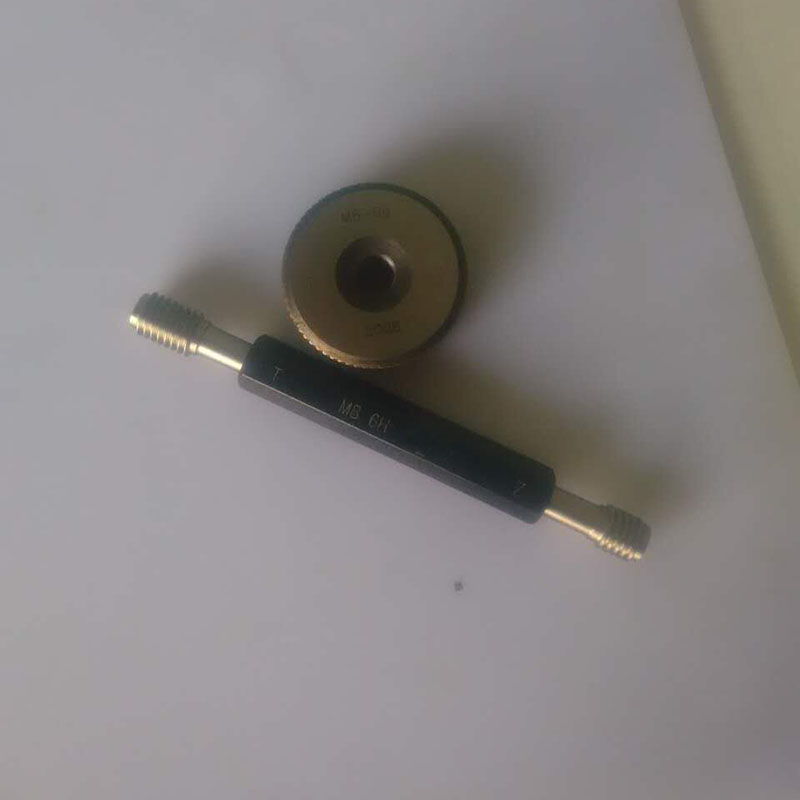Dez . 11, 2024 10:22 Back to list
Different Varieties and Applications of Control Valves for Fluid Regulation
Various Types of Control Valves An Overview
Control valves play a pivotal role in various industrial processes by regulating the flow and pressure of fluids. These devices are essential for maintaining system stability and efficiency. Understanding the different types of control valves can help engineers and operators choose the right one for their specific applications. This article provides an overview of the most common types of control valves and their uses.
1. Globe Valves
Globe valves are one of the most widely used types of control valves. They are designed with a spherical body that provides a linear flow path. The closure element is a disk that moves up and down to regulate flow. Globe valves offer excellent throttling capabilities, making them ideal for situations where flow regulation is crucial. However, they may create more pressure drop compared to other valve types, which can affect efficiency in large systems.
2. Ball Valves
Ball valves use a spherical disc (the ball) to control flow. The ball has a hole through its center that allows fluid to pass when aligned with the flow direction. When the ball is rotated 90 degrees, the flow is blocked. Ball valves are known for their quick operation and tight sealing capabilities, making them suitable for on/off control applications. While they excel in flow regulation in open or closed positions, they may not be the best option for throttling applications.
3. Butterfly Valves
Butterfly valves consist of a rotating disc that controls flow. When the disc is turned parallel to the flow, it allows fluid to pass through; when perpendicular, it blocks the flow. These valves are lightweight and compact, making them ideal for large piping applications where space is limited. Butterfly valves are often used in applications that require quick operation and minimal pressure drop, such as water treatment and HVAC systems.
4. Check Valves
various types of control valves

Though not traditional control valves, check valves play a crucial role in preventing backflow in piping systems. They automatically close when fluid attempts to flow backward, thus protecting other valves and equipment from potential damage. Check valves are essential in applications such as pumps and compressors where maintaining directional flow is critical.
5. Pressure Relief Valves
Pressure relief valves are designed to protect systems from overpressure conditions. They automatically release excess pressure when it exceeds a preset limit, thus preventing potential equipment failure or safety hazards. These valves are commonly used in the oil and gas, chemical, and power generation industries, ensuring that pressure levels remain within safe operating limits.
6. Solenoid Valves
Solenoid valves are electromechanical devices that control flow based on electrical signals. They consist of a solenoid coil and a movable plunger that opens or closes the valve when activated. Solenoid valves are often employed in automation systems, where quick response times are required. They are commonly used in irrigation systems, manufacturing processes, and HVAC applications.
7. Diaphragm Valves
Diaphragm valves utilize a flexible diaphragm to control flow. When the diaphragm is pressed down, it seals the flow path; when lifted, it allows fluid to pass. These valves are particularly useful in applications requiring sanitary conditions, such as pharmaceutical and food processing industries, as they prevent contamination.
Conclusion
Understanding the various types of control valves is essential for selecting the right valve for specific applications. Each type has its advantages and limitations based on design and functionality. By choosing the appropriate control valve, engineers can ensure improved performance, efficiency, and safety in their systems. Whether it's a globe valve for precise throttling or a ball valve for rapid on/off control, the right valve selection can make a significant difference in industrial operations.
-
Flanged Gate Valve: A Reliable Choice for Industrial and Municipal SystemsNewsAug.20,2025
-
Soft Seal Gate Valve: A Modern Solution for Reliable Pipeline ControlNewsAug.20,2025
-
Gate Valve Types: Understanding the Options for Your Pipeline SystemsNewsAug.20,2025
-
Y Type Strainer: Essential for Clean and Efficient Flow SystemsNewsAug.20,2025
-
Cast Iron Y Strainer: Durable Solutions for Demanding ApplicationsNewsAug.20,2025
-
Flanged Y Strainer: An Essential Component in Industrial Filtration SystemsNewsAug.20,2025
Related PRODUCTS









